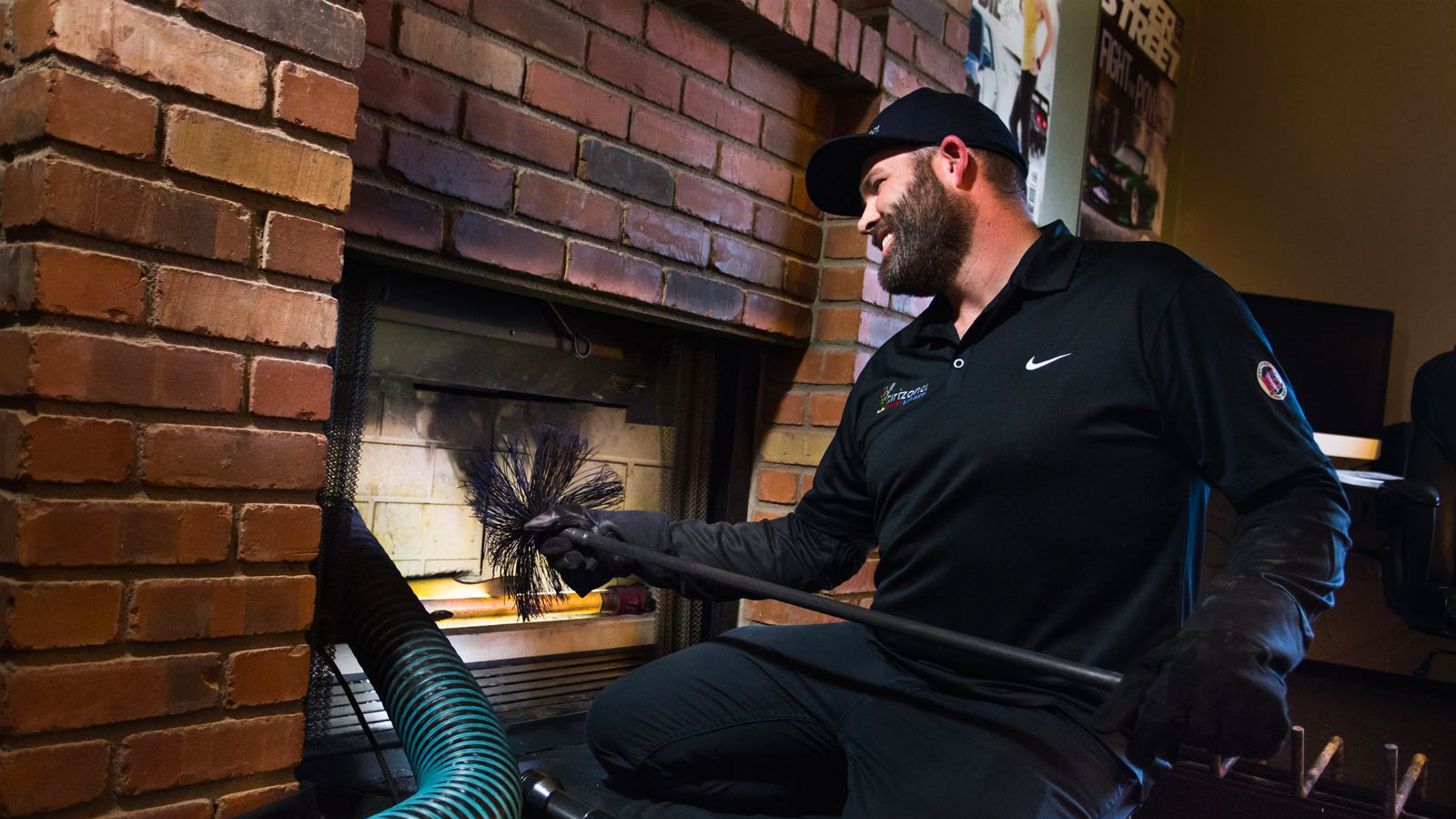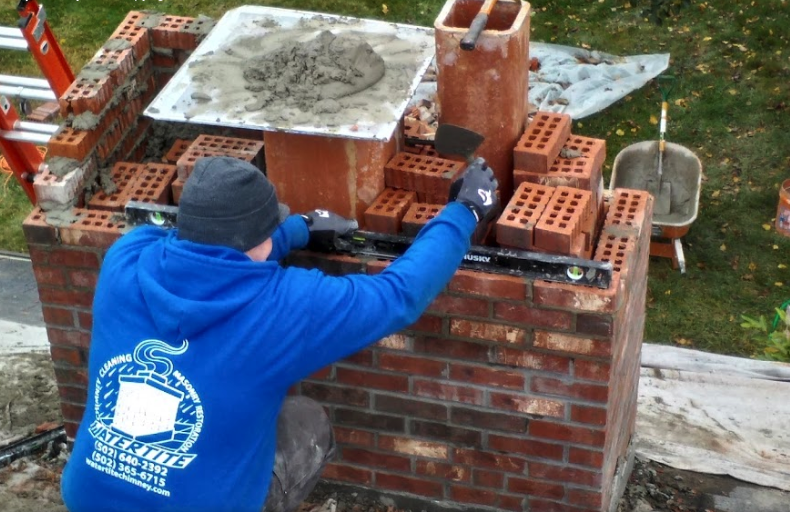Secure Your Household with Proven Chimney Sweep San Jose Approaches
Secure Your Household with Proven Chimney Sweep San Jose Approaches
Blog Article
Expert Overview to Smokeshaft Cleaning: Whatever You Need to Know
Overlooking chimney cleansing can lead to a host of troubles, from inadequate air flow to safety hazards. From the tools needed to the step-by-step process included, a specialist guide to smokeshaft cleansing supplies an extensive introduction of just how to keep this important part of your home working successfully.
Importance of Chimney Maintenance
Keeping correct smokeshaft maintenance is essential for guaranteeing the safety and performance of your home's home heating system. Over time, chimneys can build up creosote, a highly combustible compound that can lead to chimney fires if not cleansed consistently.
Routine chimney upkeep likewise helps in preventing clogs that can obstruct the circulation of air and gases, causing bad air flow and minimized heating performance. Furthermore, a clean smokeshaft avoids the build-up of debris and nesting products from animals and birds, lowering the danger of blockages and making sure proper air flow.
Tools and Material Needed

Step-by-Step Cleansing Process

The very first step is to prepare the area around the fireplace by putting down safety sheets to prevent any type of residue or particles from soiling your home. Next off, open the damper to guarantee appropriate air flow throughout the cleansing process.
Using a flashlight, examine the smokeshaft for any type of blockages or accumulation. Get rid of any visible debris such as nests, leaves, or creosote using a chimney brush or vacuum particularly created for smokeshaft cleansing.
After getting rid of the particles, it's time to scrub the smokeshaft wall surfaces. Affix the brush to expansion poles and scrub the wall surfaces extensively to displace any kind of persistent build-up. Follow up by vacuuming or sweeping the loosened debris.
Once the smokeshaft is tidy, inspect the chimney cap and flue for any kind of damage or signs of wear. Ultimately, clean up and close the damper up the bordering location before testing the fire place to make certain appropriate air flow.
Security Safety Measures to Follow
Ensure that the fireplace and smokeshaft are entirely trendy prior to beginning any kind of cleansing activities to avoid burns or fires. Take into consideration working with a specialist chimney sweep for risky or elaborate cleaning jobs to make sure the task is done safely and effectively. By adhering to these security precautions, you can minimize threats and preserve a secure setting throughout the chimney cleansing process.
Tips for Maintaining a Tidy Chimney
Prior to starting the chimney cleansing process, it is essential to include regular upkeep methods to ensure a tidy and well-functioning smokeshaft. One tip for keeping a clean smokeshaft is to arrange normal assessments by a certified smokeshaft sweep. These assessments can help recognize any possible issues prior to they escalate, conserving you time and money over time. Additionally, shedding the appropriate type of timber, such as seasoned woods, can help in reducing the build-up of creosote in the chimney. Creosote is an extremely combustible compound that can bring about chimney fires if not properly handled. An additional important idea is to mount a chimney cap to stop particles, animals, and wetness from getting in the smokeshaft. On a regular basis cleansing the smokeshaft and checking cap can guarantee it functions efficiently. Constantly dispose of ashes effectively and promptly after each use to stop the buildup of ash, which can restrict airflow and boost the threat anonymous of chimney fires. By following these maintenance suggestions, you can delight in a safe and tidy chimney throughout the year.
Conclusion
In final thought, regular chimney cleansing is vital for maintaining a effective and secure fireplace or home heating system. By following the step-by-step cleansing process and look at here taking needed safety preventative measures, you can ensure that your chimney operates properly and minimizes the threat of fire risks.
Over time, smokeshafts can accumulate creosote, an extremely combustible substance that can lead to chimney fires if not cleaned up routinely. The main devices needed for chimney cleaning consist of a smokeshaft brush, chimney rods, a vacuum cleaner, protective equipment such as goggles and gloves, a YOURURL.com flashlight, and a strong ladder. The smokeshaft brush is essential for eliminating creosote build-up, while the smokeshaft poles help in extending the reach of the brush to clean up the whole smokeshaft size - Chimney Sweep San Jose. By having these devices and supplies prepared, you can embark on smokeshaft cleansing successfully and securely, maintaining the proper functioning of your chimney and guaranteeing a risk-free atmosphere in your home
Before initiating the chimney cleaning procedure, it is crucial to integrate normal maintenance practices to guarantee a tidy and well-functioning smokeshaft.
Report this page